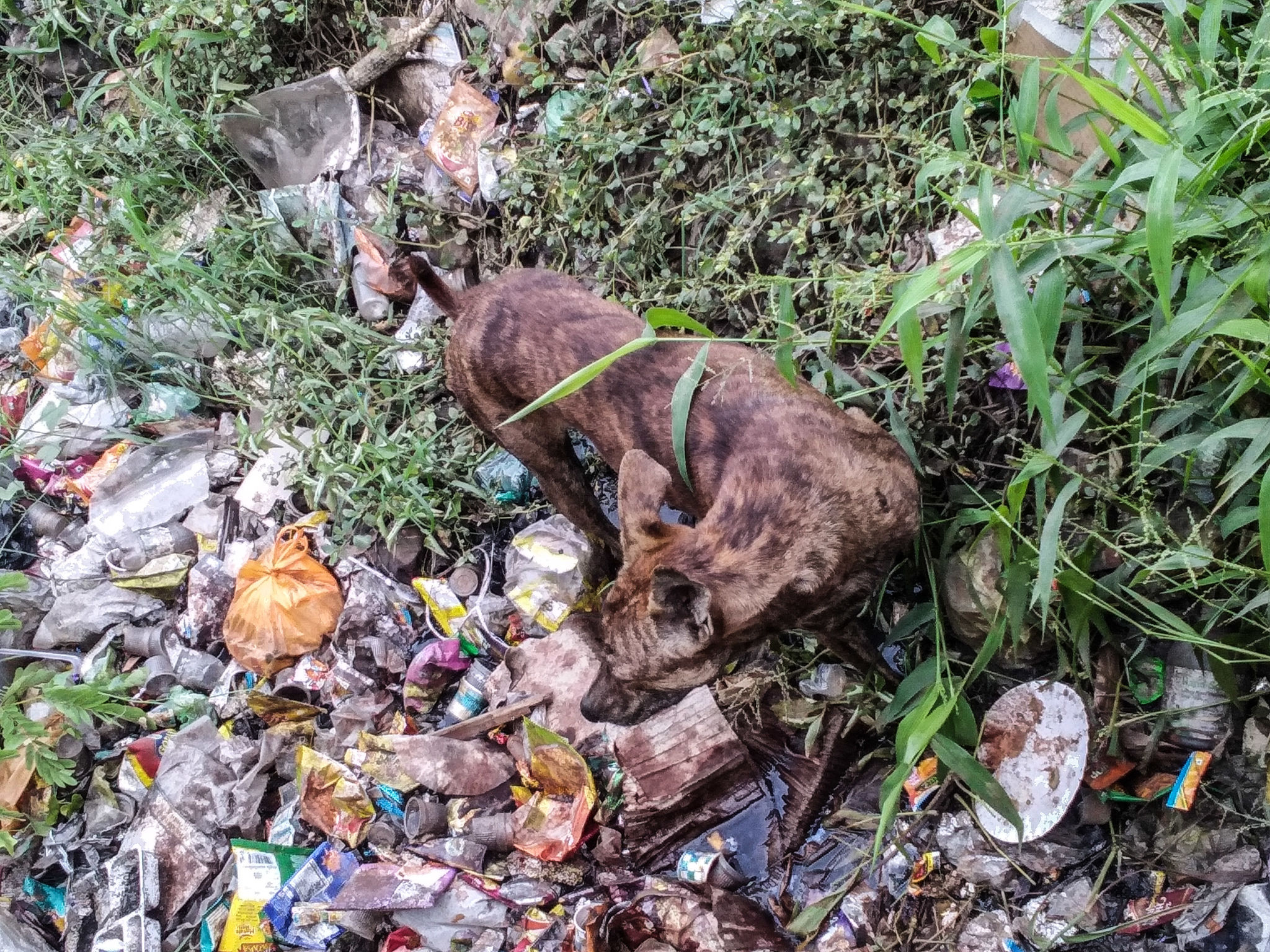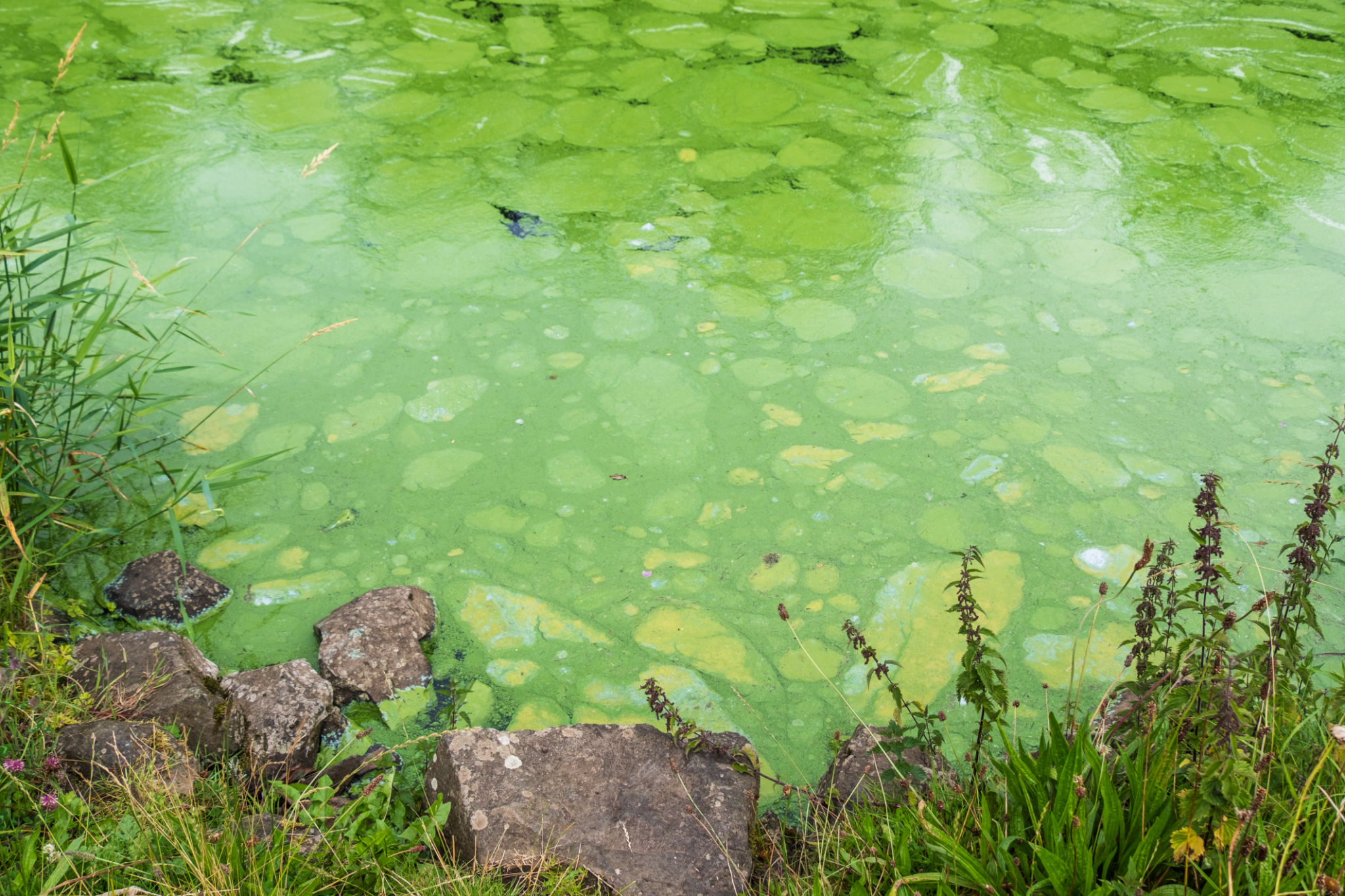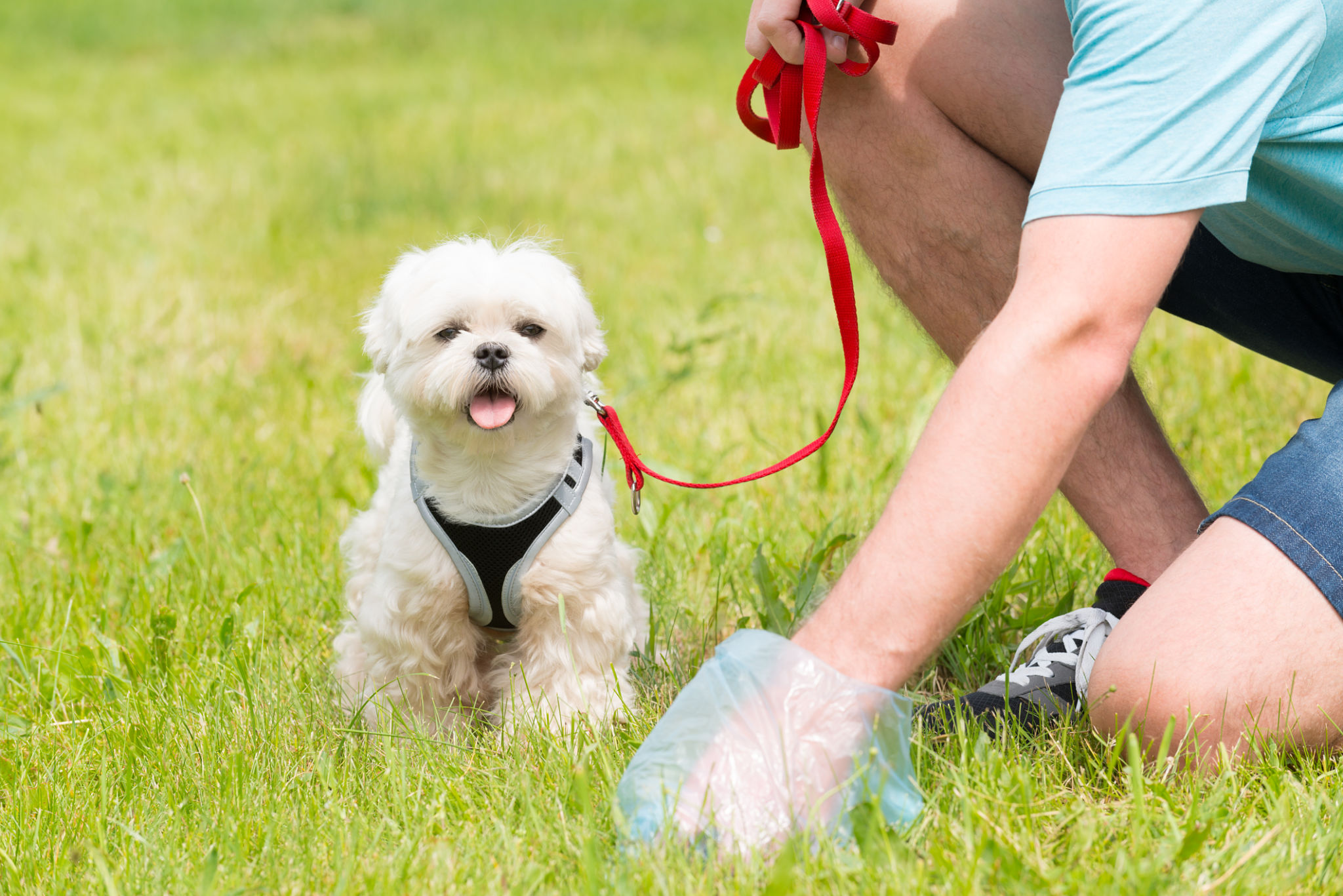The Impact of Pet Waste on Local Water Systems and How You Can Help
The Environmental Consequence of Pet Waste
Many pet owners may not realize the environmental impact of their furry friends’ waste. When pet waste is left on the ground, it can easily be washed into local water systems by rainwater. This runoff can lead to increased levels of harmful bacteria and nutrients in our rivers, lakes, and streams, disrupting aquatic ecosystems and posing health risks to humans and wildlife alike.
Pet waste contains pathogens such as E. coli and parasites like Giardia, which can contaminate water supplies. When these contaminants enter waterways, they can make the water unsafe for recreational activities and potentially affect drinking water sources. The presence of such pollutants can have long-lasting effects on the health of both the environment and the community.

Understanding the Nutrient Load
Beyond pathogens, pet waste contributes to nutrient pollution, primarily through nitrogen and phosphorus. These nutrients can cause excessive algal blooms in water bodies. Algal blooms deplete oxygen levels in the water, leading to dead zones where aquatic life cannot survive. This phenomenon not only affects fish and plant life but also reduces biodiversity in aquatic ecosystems.
Algal blooms can also produce toxins that are harmful to animals and humans. Exposure to these toxins can cause a variety of health issues, including skin rashes, respiratory problems, and more severe conditions if ingested. Thus, managing pet waste is crucial in preventing nutrient overloading in our waterways.

Simple Steps You Can Take
As a responsible pet owner, there are several ways you can help mitigate the impact of pet waste on local water systems. Implementing these practices not only preserves water quality but also promotes a healthier environment for all.
- Pick up after your pet: Always carry a bag when walking your dog and dispose of the waste properly in a trash bin.
- Consider composting: If possible, compost pet waste in a designated composting system that ensures pathogens are killed.
- Encourage others: Spread awareness about the importance of picking up pet waste within your community.

Community Involvement and Education
Community involvement is key in addressing the issue of pet waste pollution. Encourage local governments and organizations to install pet waste stations in parks and public areas. These stations typically include bags and disposal bins, making it easier for pet owners to clean up after their animals.
Educational campaigns can also raise awareness about the environmental impact of pet waste. Schools, community centers, and social media platforms are excellent avenues for disseminating information and encouraging responsible pet ownership practices. By working together, communities can significantly reduce the environmental footprint of pet waste.

Conclusion: A Collective Responsibility
Tackling the problem of pet waste pollution requires a collective effort from individuals, communities, and local authorities. By taking proactive steps to properly manage pet waste, we can protect our local water systems and contribute to a healthier environment. Every small action counts, and with widespread participation, we can make a substantial difference.
Remember, being a responsible pet owner means considering the broader impact of your furry friend's waste on the environment. Together, we can ensure that our natural water systems remain clean and safe for generations to come.
